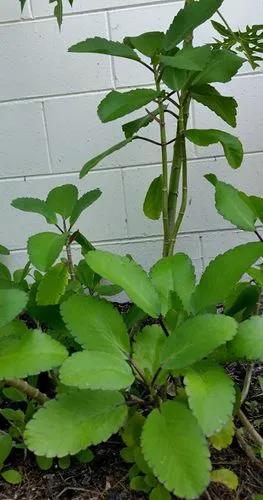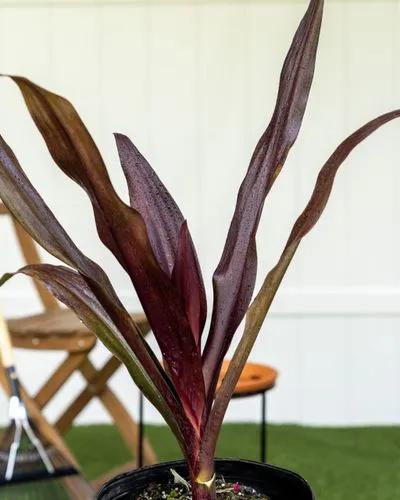Odontites vernus, the red bartsia, is a wild flower from the family Orobanchaceae native to Europe and Asia and occurring as an alien in North America.The red bartsia is a common plant in low-fertility soils, where it lives partially as a parasite on the roots of grasses. The red bartsia has pinkish and red flowers from June to September. They prefer dry conditions and full sun light exposure and are pollinated by bees and wasps.
Red Bartsia Care
Odontites vernus



Over the last 70 years, the red bartsia has disappeared from many woodland locations in the English county of Dorset.[5] In Manitoba, Canada, the plant known as red bartsia is considered a weed. Spike-like clusters of flowers develop on flower stalks which grow from the point where the leaves join the stem. Most flowers are found on the top half of the stem. The blossoms are reddish-purple in colour and resemble tiny snapdragon flowers (one cm or less than a ½ inch long). At maturity, an infestation gives a reddish tingle to hayfields, pastures or ditches. This reddish tinge is also seen in infestations of red samphire (Salicornia), a plant frequently found growing in ditches and often confused with red bartsia. The two species can be distinguished by the absence of any leaves on red sapphire.
Red bartsia is prolific, producing about 1400 seeds per plant.
This plant might be poisonous
How to get rid of: Cultivation in combination with growing a competitive crop will limit red bartsia infestations. This may not always be a viable alternative since the weed often infests areas are not suitable for tillage because of stoniness or poor drainage. The weed is susceptible to either 2,4-D amine or 2,4-D LV ester sprayed at a rate of 0.6 L/acre product (500 g/L formulations). On roadsides and in pastures, spraying should commence as soon as the plants appear. Recheck sprayed areas in mid- to late summer and respray if new seedlings have germinated. In hay fields with no legumes, treat affected areas with 0.6 L/acre product of 2,4-D (500 g/L formulations) within 10 days after the first cut. There are currently no chemical recommendations that will selectively control red bartsia in grass/legume mixes without damaging the legumes. Research currently in progress has shown that Sencor and Basagran both show potential for controlling the weed in alfalfa, but further work must be done to establish rates, stages of application and grazing restrictions. Growers with legumes in their hay or pasture mixes should pay close attention to bordering road allowances or fence lines so that control measures can be taken before red bartsia encroaches into the field. Evidence indicates that a well managed, well fertilized crop will effectively crowd out red bartsia.
How to Care for the Plant

Popularity

22 people already have this plant 6 people have added this plant to their wishlists
Discover more plants with the list below
Popular articles






